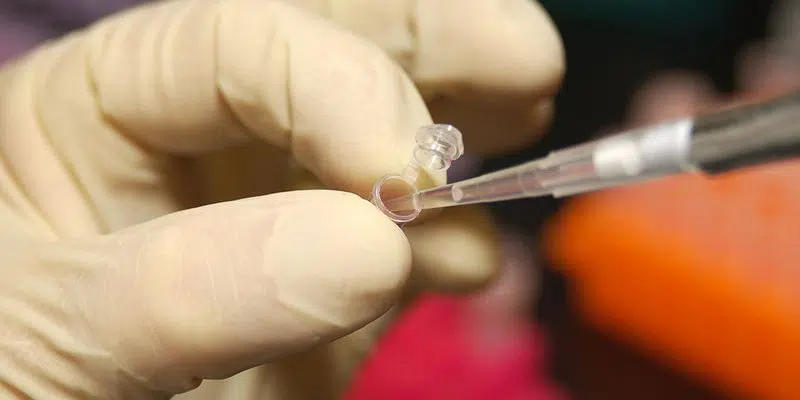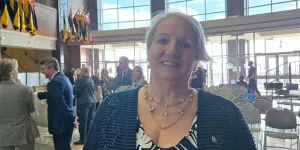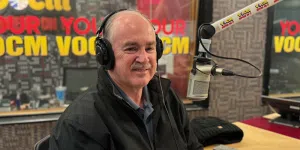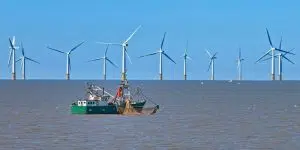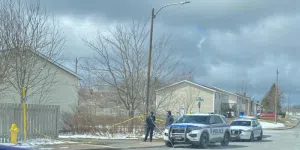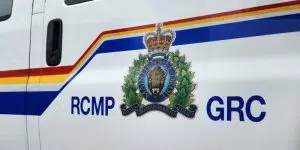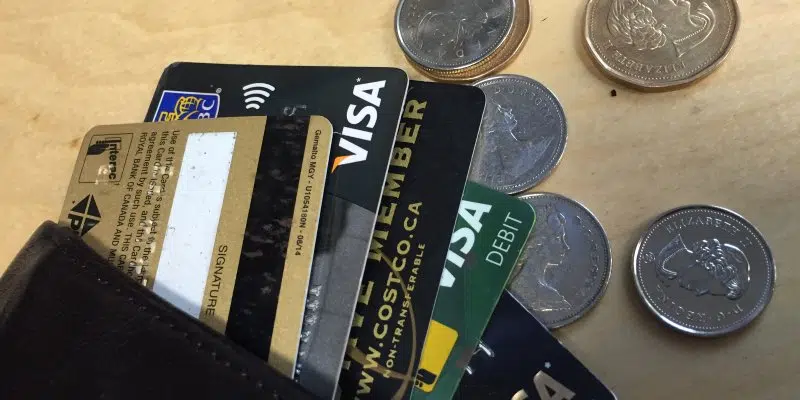A local genealogist is hoping the interest generated in a DNA discovery unique to Newfoundland will eventually help provide some answers.
Some 200 people turned out at the Johnson GEO Centre last night to hear Dr. David Pike outline the results of a Newfoundland Mitochondrial DNA (mtDNA) project that revealed 10 per cent of all participants carry the H5a5 marker.
Pike first mentioned the mystery DNA in an interview with Andrew Hawthorn on the VOCM Morning showin March and since then the news has made national headlines.
Pike squarely “blaming” VOCM for the interest generated in this story. pic.twitter.com/S0LyjCaFCE
— Linda Swain (@LSVOCM) May 21, 2019
Mitochondrial DNA is passed down mother to child. Men carry mitochondrial DNA, but can’t pass it on.
The mystery part of the H5a5 found here is that while fairly common among Newfoundlanders, Pike has yet to find evidence of it elsewhere. It’s been linked to Conception Bay primarily, but is also found in Notre Dame Bay and some other scattered areas of the province.
Here are the specifics on H5a5 the haplogroup which is the focus of this discussion. pic.twitter.com/wO5JLPMAvu
— Linda Swain (@LSVOCM) May 21, 2019
Pike believes it is linked to a woman, or couple of related women, who came over from Europe in the 1600s when records were scarce or non-existent.
Irish women came over and intermarried with fishermen working for early planters in 1681. pic.twitter.com/f5aXzzdUHJ
— Linda Swain (@LSVOCM) May 21, 2019
Similar mtDNA projects across Europe. None show H5a5. The only ones showing H5a5….are actually Nflders! pic.twitter.com/jPlmjGbXfI
— Linda Swain (@LSVOCM) May 21, 2019
As for whether we’ll ever find the mystery woman, Pike remains hopeful. We may never know her name, but Pike believes we may someday be able to track down where she was from.
The haplogrounp was discovered in 2012, and Nflders have an added mutation that is Nfld specific. In time, it will form a subgroup.
— Linda Swain (@LSVOCM) May 21, 2019
Pike is bringing his presentation to Dublin in October in the hope of generating more interest in the DNA project, and would like to explore more possibilities in England’s West Country.

